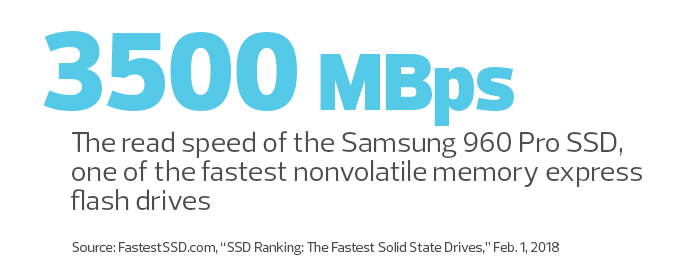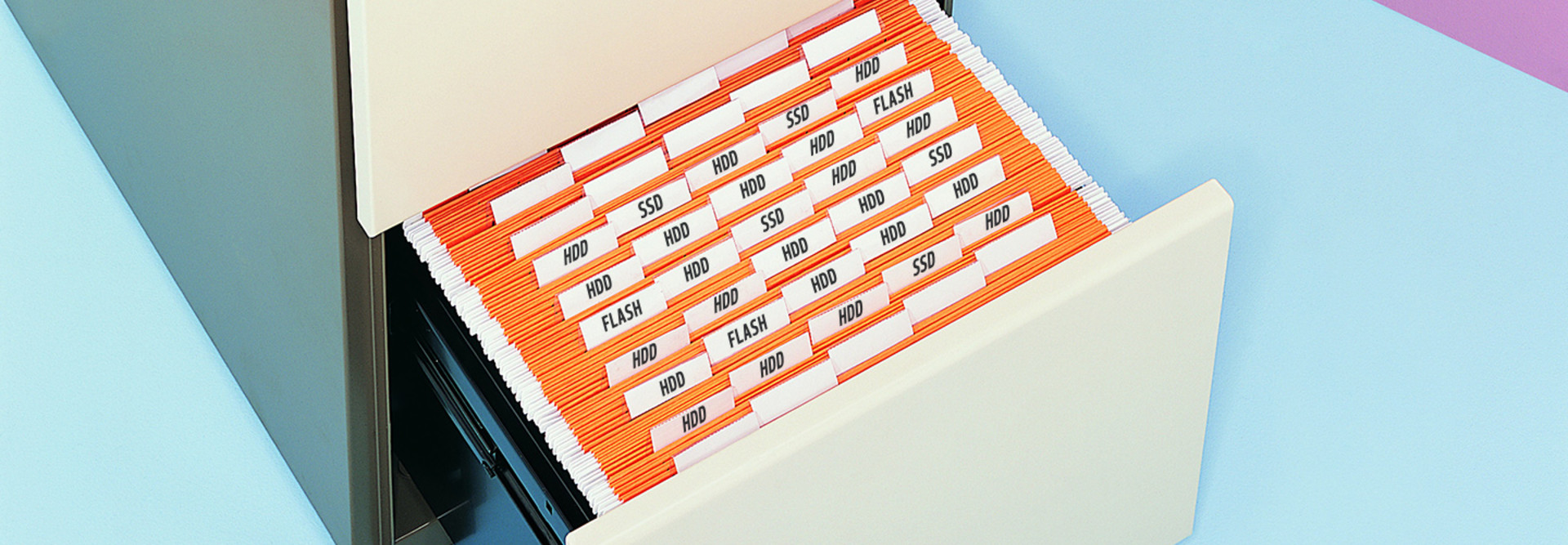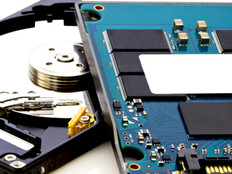Why Hybrid Arrays Might Be the Goldilocks Answer to Storage for SMBs
There is little doubt that flash and other solid-state drive technologies will be part of the future infrastructure of many small businesses. But for now, hybrid arrays offer a way for companies to leverage their existing nonflash, non-SSD assets until that migration takes place.
Clearly, questions arise about what to use when, where, why and how. A business’s IT team must consider the technology it will deploy to take advantage of existing storage systems in a manner that will also facilitate the eventual migration to flash and SSD.
Everything, of course, is not the same across different environments, applications and data — even within a single organization. For many environments, a hybrid storage array system can combine a mix of SSDs and hard-disk drives. The business benefit is that a hybrid storage setup can maximize an organization’s return on investment in existing technology, stretching the IT budget and meeting application needs — along with supporting growth.
For instance, one approach is to take advantage of existing storage hardware and retrofit as many SSDs as is feasible. Many can be changed out directly with HDDs, as they slide right into the same slots. This creates a hybrid array composed partially of flash and partially of HDDs, which is a cheaper path than buying brand-new, latest-generation all-flash arrays.
SIGN UP: Get more news from the BizTech newsletter in your inbox every two weeks!
Mix and Match Flash and SSD Options
Keep in mind that a little bit of flash- or SSD-based technology in the right location can deliver a large business benefit.
There are tiers of storage technology that address various performance, availability, capacity and economic (PACE) application requirements. These tiers use SSD and HDD, as well as subcategories of each, to meet different PACE objectives:
- Immediate access is Tier 0.
- Primary (regular use) is Tier 1.
- Secondary (occasional use) is Tier 2.
- Long term (rare or archival use) is Tier 3.
The value proposition of tiering and hybrid solutions is that it’s a technology approach that will let a business align the appropriate storage technology to the business need at a specific price point — that last factor is a critical one for most small and midsized businesses.
Different Tiers of SSD Can Bring Benefits
For those organizations that have a large-enough budget and the need for speed, using different tiers of SSD in a hybrid solution might meet PACE demands better than an all-flash array. Some SSDs provide higher performance and longer endurance (support more drive writes per day), while others have a lower price point and higher capacity with less endurance. Therefore, for businesses that need to support data growth, a hybrid storage solution that mixes subcategories of SSDs with HDDs can let the IT team balance its PACE requirements against a tight budget.

One valuable approach is to set hybrid arrays to evaluate actual data usage and frequency information and then assign data automatically to the appropriate storage tier. Because hybrid arrays can use both flash and disk drives simultaneously, even a business with a small IT team can control the amount of flash it consumes and manage storage costs judiciously using this tactic.
Additionally, a hybrid approach lets a business extend total cost of ownership because it takes into account the investment already made in staff training, procedures, tools, hardware and software for its legacy storage technology.
A mix of applications and workloads lend themselves to hybrid solutions. As a business transitions from traditional HDDs to fast flash and other SSD-based technologies, hybrid storage lets the technology evolve with the business. An IT team can gradually swap out its legacy drives for newer SSDs based on need, timeline, budget and diverse PACE application requirements. (Or, should a sudden uptick arise, a business could swap out drives quickly.)
Most storage arrays support hybrid configurations. Hybrid storage options span HDDs with enhanced read and write cache acceleration to HDDs installed into new and existing storage systems. Also, it’s possible to pair on-premises hybrid solutions with public cloud storage services, which often also use tiered hybrid approaches to handle different PACE requirements.
By implementing cache, tiering and microtiering, a business can maximize its storage resources.
An IT team will want to look at both storage efficiency (capacity utilization) and effectiveness (productivity) to find the right balance between its older and newer storage assets. It will want to use HDDs for bulk (capacity) and less frequently accessed storage, as well as for data protection, archiving and data staging, for instance. Then, to accelerate HDD performance, a cache tier can support needs for items such as active hot database tables, indices and other often-used files. SSDs can handle items in tiers 0 and 1, as appropriate.
Flash or other SSD-based technology used in the right place — either for cache or storage — can provide a significant business benefit. By evaluating its real-world usage, a business can identify the tipping point at which flash and SSD costs outweigh performance benefits.









